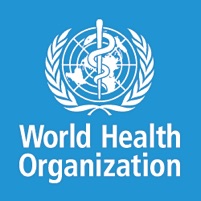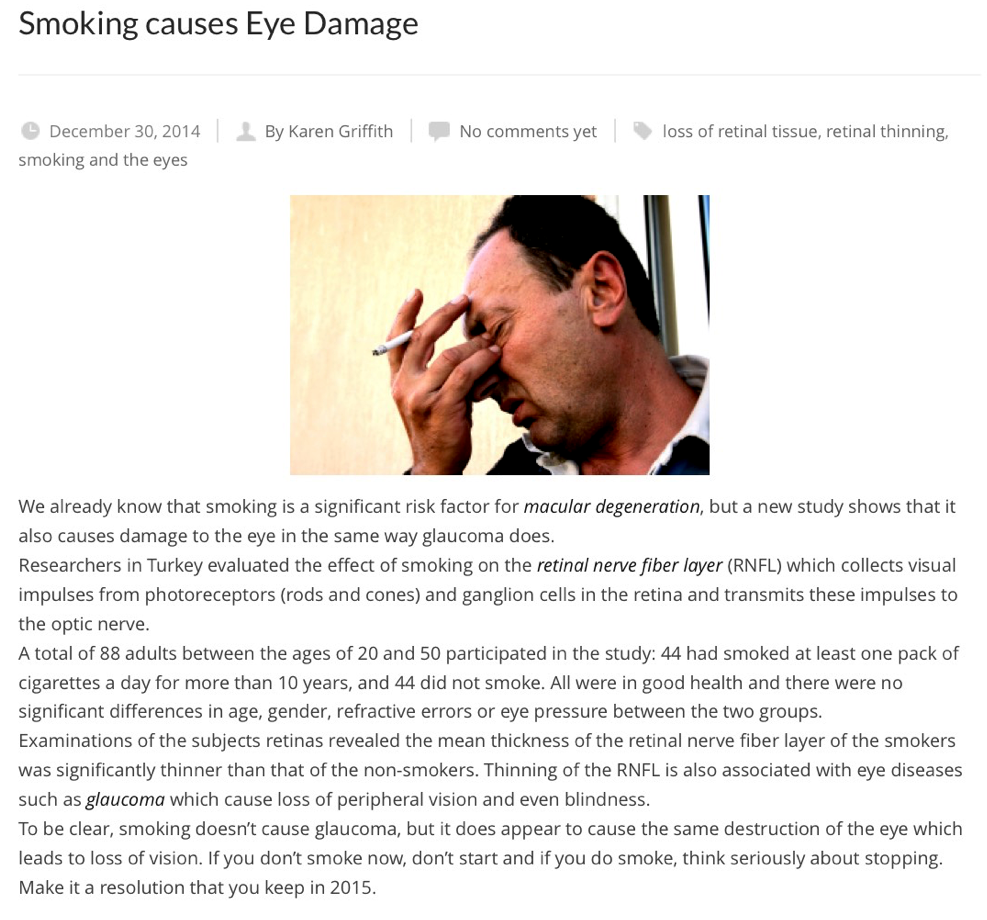
Australia’s highest court upheld the world’s toughest law on cigarette promotion on Wednesday despite protests from tobacco companies that argued the value of their trademarks will be destroyed under new rules that will strip all logos from cigarette packs. The decision by the High Court means that starting in December, tobacco companies will no longer be able to display their distinctive colors, brand designs and logos on cigarette packs. The packs will instead come in a uniformly drab shade of olive and feature graphic health warnings and images of cancer-riddled mouths, blinded eyeballs and sickly children. The government hopes the new packs will make smoking as unglamorous as possible.
“This is a victory for all those families who have lost someone to a tobacco-related illness. For anyone who has ever lost someone, this is for you,” Attorney General Nicola Roxon and Health Minister Tanya Plibersek said in a joint statement. “No longer when a smoker pulls out a packet of cigarettes will that packet be a mobile billboard.”
Britse oogartsen menen dat naast de waarschuwing voor gezondheids-problemen als longkanker op sigarettenpakjes ook moet vermeld worden dat roken het gezichtsvermogen aantast. Uit de resultaten van de Europese oogstudie, waarbij 5.000 patiënten uit de hele EU gevolgd werden, is gebleken dat liefst 27 procent van alle oogaandoeningen het gevolg is van het rookgedrag.
Roken beschadigd het netvlies
Eén op de vier rokers krijgt maculadegeneratie
Tabaksindustrie en lobby

De hulptroepen van de tabaksindustrie
Australië heeft een streng anti-rook beleid
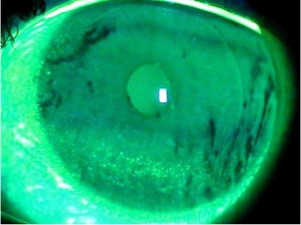
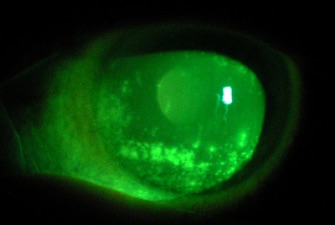
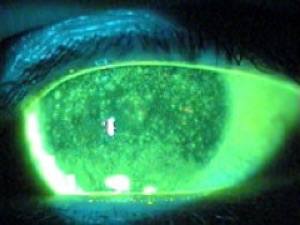
Uveitis, iritis en roken
De Lairessestraat 59 1071 NT Amsterdam 020-679 71 55 omca@me.com www.omca.nl
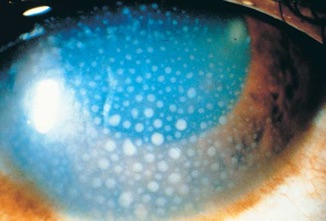
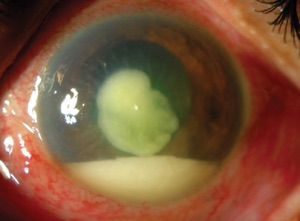
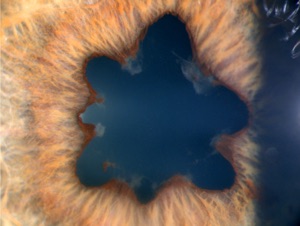
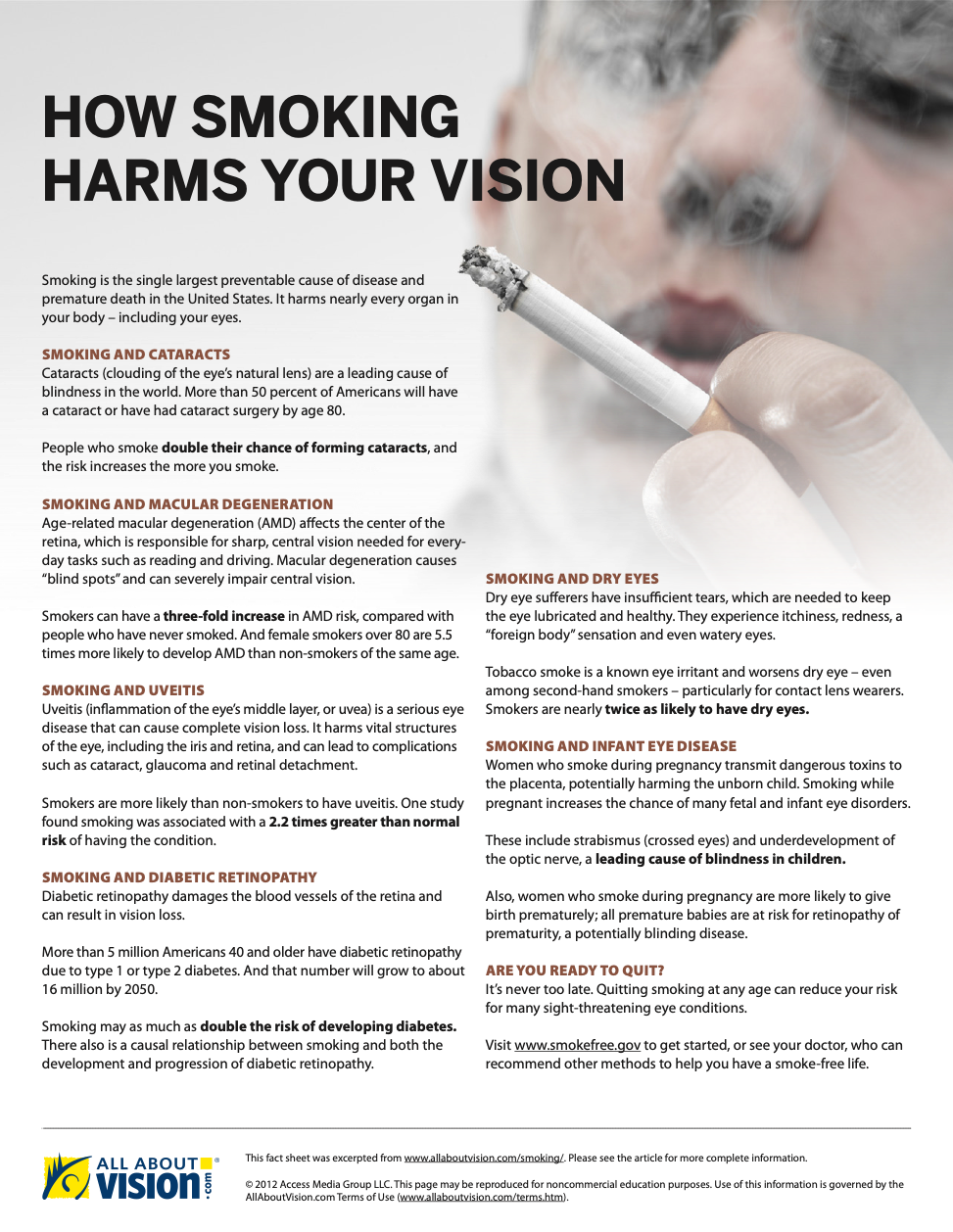


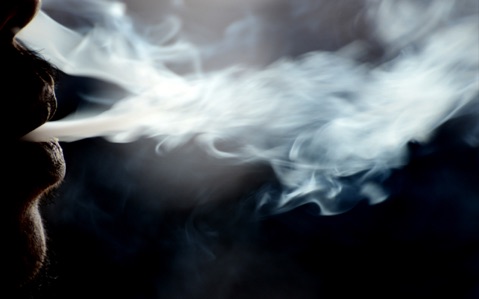
Key facts
-
1Tobacco kills up to half of its users.
-
2Tobacco kills nearly 6 million people each year. More than five million of those deaths are the result of direct tobacco use while more than 600 000 are the result of non-smokers being exposed to second-hand smoke. Unless urgent action is taken, the annual death toll could rise to more than eight million by 2030.
-
3Nearly 80% of the world's one billion smokers live in low- and middle-income countries.
-
4Consumption of tobacco products is increasing globally, though it is decreasing in some high-income and upper middle-income countries.


Zaken zijn zaken

Roken beschadigt de zenuwvezellaag van het netvlies
Net zoals bij glaucoom

Rokers met aanleg voor maculadegeneratie hebben een
veertig tot honderd maal grotere kans op blindheid.
Rokers worden vijf maal vaker blind
dan niet-rokers
De meest voorkomende oorzaak van (vaak gedeeltelijke) blindheid op oudere leeftijd.De cijfers zijn van het Britse Koninklijke College van Oogheelkundigen. Leeftijdsgebonden maculadegeneratie (LMD) wordt veroorzaakt door de aftakeling van de visuele receptoren (de zogeheten 'kegeltjes') in de gele vlek, die de gezichtsscherpte regelen.
Stoppen met roken
Uit het Zweedse onderzoek blijkt dat de kans op het krijgen van staar sterk afneemt als rokers stoppen met roken. De wetenschappers bestudeerden een groep Zweedse mannen met een leeftijd tussen de 45 en 79 jaar.
Ze onderzochten het verband tussen stoppen met roken en meer dan 5700 gevallen van cataract in de loop van 12 jaar. Zo ontdekten ze dat de kans op het ontwikkelen van cataract afnam als ze stopten met roken.
"Stoppen met roken vermindert het risico op cataract, maar het risico bij voormalig rokers blijft voor decennia hoger dan bij mensen die nooit rookten.", aldus een van de onderzoekers van Orebro University Hospital. Omdat roken ook gerelateerd is aan andere (oog)ziekten pleiten de wetenschappers ervoor om mensen te motiveren om te stoppen met roken.
De resultaten van het onderzoek zijn gepubliceerd in de onlie editie van JAMA Ophthalmology.
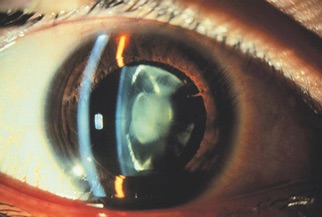
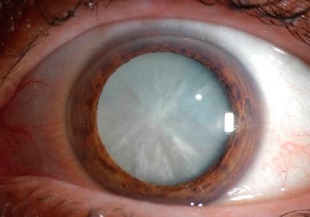

Roken veroorzaakt cataract ( staar )
Roken verhoogt de kans op het krijgen van de oogziekte staar. Rokers die stoppen met roken verkleinen de kans op het krijgen van de oogziekte aanzienlijk. Dat blijkt uit nieuw Zweeds onderzoek.
Staar, ook wel cataract genoemd, is een veelvoorkomende aandoening. Bij de aandoening vertroebelt de ooglens. Het ontstaat doordat de heldere en doorzichtige ooglens minder helder wordt. Deze zit voor in het oog, vlak achter de pupil. Door staar ga je waziger zien. Ook zie je alles grauwer van kleur.
Smoking Associated With Cataract Risk
Norra MacReadyJanuary 06, 2014
Smoking cessation has been associated with a steady decrease in risk for cataracts, but even 2 decades after quitting, that risk is still higher than in those who have never smoked, according to a new study. This new analysis supports a growing body of literature that shows a relationship between smoking and the risk for cataracts.
In an analysis of Swedish men, lead author Birgitta Ejdervik Lindblad, MD, PhD, from the Department of Ophthalmology, Örebro University Hospital; the School of Health and Medical Sciences, Örebro University; and the Institute of Environmental Medicine, Karolinska Institutet, Stockholm, Sweden, and colleagues found a significant dose–response relationship between smoking and the need for cataract extraction. Conversely, smoking cessation was associated with a decrease in risk that accumulated over time.
These findings "add to numerous previous epidemiologic studies on the association between smoking and cataract," the authors write. "Although the relative risk estimates vary, most studies have reported a positive association between smoking and cataract." The study was published online January 2, 2014, in JAMA Ophthalmology.
The data come from the Cohort of Swedish Men, a large, prospective cohort study begun in 1997 to examine the association between lifestyle and chronic diseases such as cataracts. Questionnaires were sent to all Swedish men between the ages of 45 and 79 years living in 2 counties in central Sweden; responses were received from 48,645 (48.5%) of them. Dr. Lindblad and coauthors followed-up the men until the date of cataract extraction, death, or the end of follow-up on December 31, 2009.
The study included a total of 44,371 men, of whom 24.9% were current smokers, 38.8% were past smokers, and 36.3% were never smokers when follow-up began in 1998. The mean number of cigarettes smoked daily was 13.9 (standard deviation [SD], 6.3) among current smokers and 13.6 (SD, 6.6) among past smokers.
During 12 years of follow-up, 5713 cases of age-related cataract extraction occurred. On age-adjusted analysis, past or current smoking was associated with a relative risk for cataract extraction of 1.21 (95% confidence interval [CI], 1.15 - 1.28), or a 21% increase in the risk for cataract extraction compared with never smoking. In a multivariate analysis adjusted for diabetes mellitus, hypertension, corticosteroid medication, alcohol consumption, use of vitamin supplements, body mass index, and educational level, ever smoking was associated with a relative risk of 1.18 (95% CI, 1.12 - 1.25) for cataract extraction compared with never smoking.
The authors also observed a relationship between smoking intensity and cataract risk compared with never smoking, ranging on age-adjusted analysis from 1.11 (95% CI, 0.99 - 1.23) with 1 to 5 cigarettes per day to 1.40 (95% CI, 1.30 - 1.51) with more than 15 cigarettes per day (P < .001 for trend) for ever smokers. On multivariate analysis, the relative risk was 1.11 (95% CI, 1.00 - 1.24) with 1 to 5 cigarettes per day and 1.35 (95% CI, 1.25 - 1.46) with more than 15 cigarettes per day (P < .001 for trend). Men who currently smoked more than 15 cigarettes per day had the highest relative risk, at 1.42 (95% CI, 1.28 - 1.58), compared with never smokers.
Smoking cessation was associated with a steadily decreasing risk for cataract extraction. Smokers who had quit less than 10 years before had a relative risk of 1.32 (95% CI, 1.19 - 1.46) on the age-adjusted analysis and 1.27 (95% CI, 1.15 - 1.41) on the multivariate analysis. At 10 to 20 years after quitting, the relative risks were 1.25 (95% CI, 1.16 - 1.36) and 1.22 (95% CI, 1.12 - 1.32), respectively, and at more than 20 years, the relative risks were 1.14 (95% CI, 1.06 - 1.23) and 1.13 (95% CI, 1.04 - 1.22), respectively (P < .001 for trend).
Study limitations include lack of information on cataract type, reliance on retrospective recall to estimate lifetime cigarette smoking, and no data on sunlight exposure, which also can influence cataract risk, the authors write. , "Since smoking is also related to other ocular diseases, strategies to prevent smoking and promote smoking cessation are important, and eye care professionals should encourage people to stop smoking," the authors conclude.
These findings confirm what researchers have known for more than a decade: Smoking contributes to cataract development, said Kevin Miller, MD, professor of clinical ophthalmology at the Jules Stein Eye Institute, David Geffen School of Medicine, University of California, Los Angeles. He cited research dating back to 2000 showing an association between smoking and cataracts, saying, "if you stop smoking you don't lower your risk, but you stop accumulating risk."
Dr. Miller told Medscape Medical News, "I don't think this information is going to change any smoker into a nonsmoker. If the thought of getting lung cancer, bladder cancer, esophageal cancer, chronic obstructive pulmonary disease, strokes, or heart attacks doesn't throw you off smoking, the idea of getting cataracts probably won't do it either."
The answer most likely lies in prevention, he said. "Keeping people off cigarettes is where it needs to be."
The authors and Dr. Miller have disclosed no relevant financial relationships.
JAMA Ophthalmol. Published online January 2, 2014. Abstract
Medscape Medical News © 2014 WebMD, LLC
Send comments and news tips to news@medscape.net.
Cite this article: Smoking Associated With Cataract Risk. Medscape. Jan 06, 2014.
JAMA Ophthalmol. Published online January 2, 2014
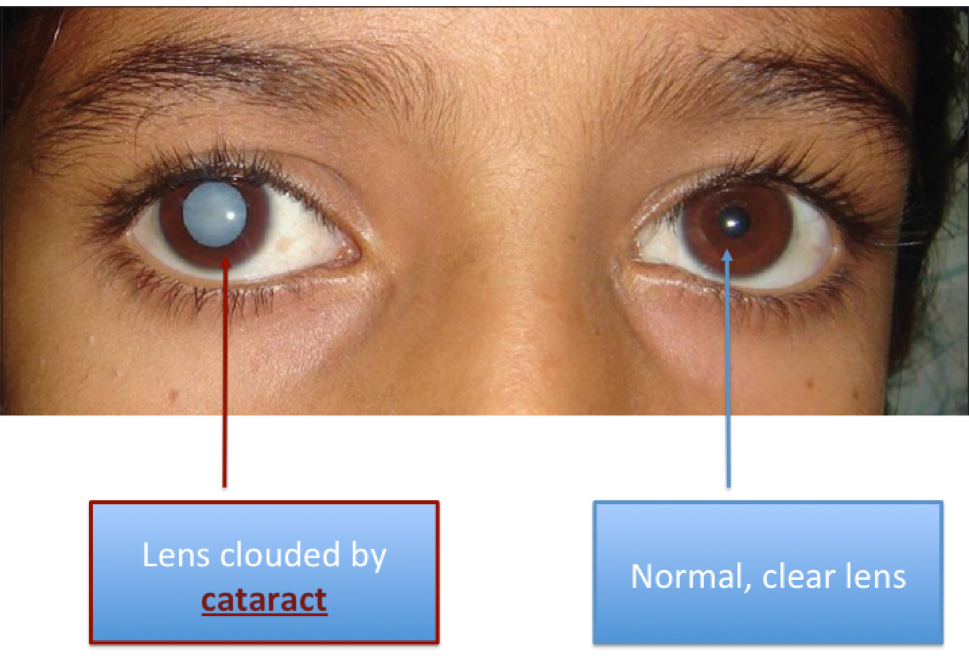
Roken en droge ogen
Fact: Smoking Increases Dry Eye Syndrome
August 1, 2012 by All About Dry Eye
Like with many diseases, quite a few of the factors associated with dry eye syndrome can be controlled. Take for example, smoking cigarettes.
Picture this: tobacco smoke is composed of over 4,000 different chemicals including formaldehyde and acetone (also known as nail polish remover!). Many of these chemicals are toxic with either short or long-term exposure. Several of these toxins are aggravating to the eye, not to mention poisonous to eye tissue. Moreover, smokers are said to be twice as likely to report complaints of dry eye symptoms as non-smokers!¹ Have you put down that Marlboro lite yet? No? Okay, here’s more evidence:
A study by Banskent University was held to investigate the effects of smoking cigarettes on the ocular surface and tear film. The study results verified that an average smoker is inducing significant and distinctive quantitative and qualitative disturbances on the ocular surface in comparison to a non-smoker. Moreover, the study proved that smoking has deteriorating effects on the lipid layer.² Of course, the lipid or “oil” layer of the eye is directly responsible for lubricating and preventing the evaporation of aqueous tears. So, what can an insufficient lipid layer cause? You guessed it- those dry, itchy, rip-your-hair-out irritating eyes.
The study also revealed that the group of smokers had significantly shortened tear film break up times. Drinking alcohol can have a similar effect.
Being exposed, even just to second-hand smoke, can alter the tear film and exacerbate dry eyes. We recently discussed dry eye in children, and if you puff in the house- you could be adding to your child’s discomfort and not just your own.
Quitting smoking and maintaining a healthy diet rich in vitamin A can help prevent dry eye syndrome from ruining your day.
In closing, eh-hem, butt out for your eyes sake!
Are you a smoker who is plagued by dry eye syndrome? Do you notice dryer eyes and/or increased irritation during your smoke breaks?
¹ http://www.tree.com/health/methods-and-techniques-to-prevent-dry-eye-syndrome.aspx
-
-See more at: http://allaboutdryeye.com/2012/08/01/fact-smoking-increases-dry-eye-syndrome/#sthash.FdSgJy4J.dpuf
Roken en diabetes: Een rampzalige combinatie
A recipe for disaster
Roken geeft een verhoogde kans op hart- en vaatziekten. Mensen met diabetes hebben daar toch al meer kans op dan mensen zonder diabetes. Roken maakt dat risico dus nog eens fors hoger. Door te roken, slibben uw bloedvaten dicht. Dit kan zorgen voor pijn, hersenbloedingen of hartinfarcten.
Recipe for Disaster
Mensen met diabetes lopen twee tot vier maal meer kans om te overlijden aan hart- en vaatziekten dan mensen zonder diabetes. Door te roken wordt die kans nog hoger.
Rokende mannen met diabetes hebben 1,4 keer meer kans op erectieproblemen dan niet-rokende mannen met diabetes.
Mensen met diabetes die roken, kunnen meer klachten krijgen door een hoog cholesterolgehalte.
Mensen met diabetes die insuline spuiten en roken, hebben een verhoogde kans op complicaties, zoals neuropathie (aandoening van de zenuwen).
Onderzoek toont aan dat (jonge) rokers met diabetes twee keer zoveel kans hebben op een vroege dood dan niet-rokers met diabetes.
De combinatie roken en diabetes geeft een verhoogde kans op ernstige complicaties als nierinsufficiëntie, zichtstoornissen, voetwonden, beenamputaties en hartaanvallen.
Nicotine beïnvloedt de bloedglucosespiegel.
Nicotine veroorzaakt insuline ongevoeligheid waardoor het lastig is om de diabetes te controleren met alle gevolgen van dien.
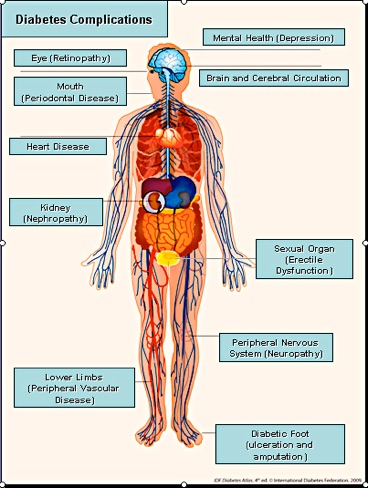
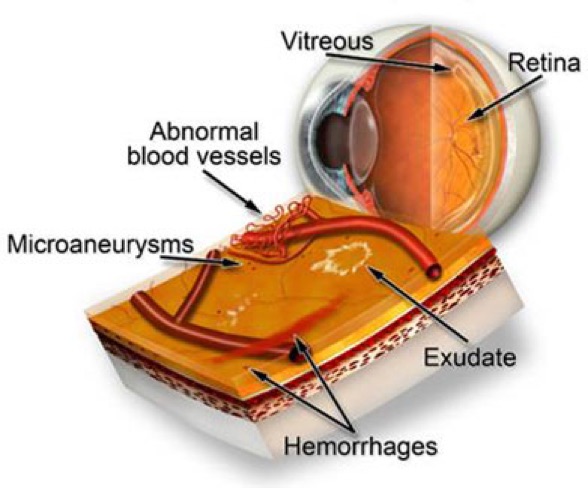
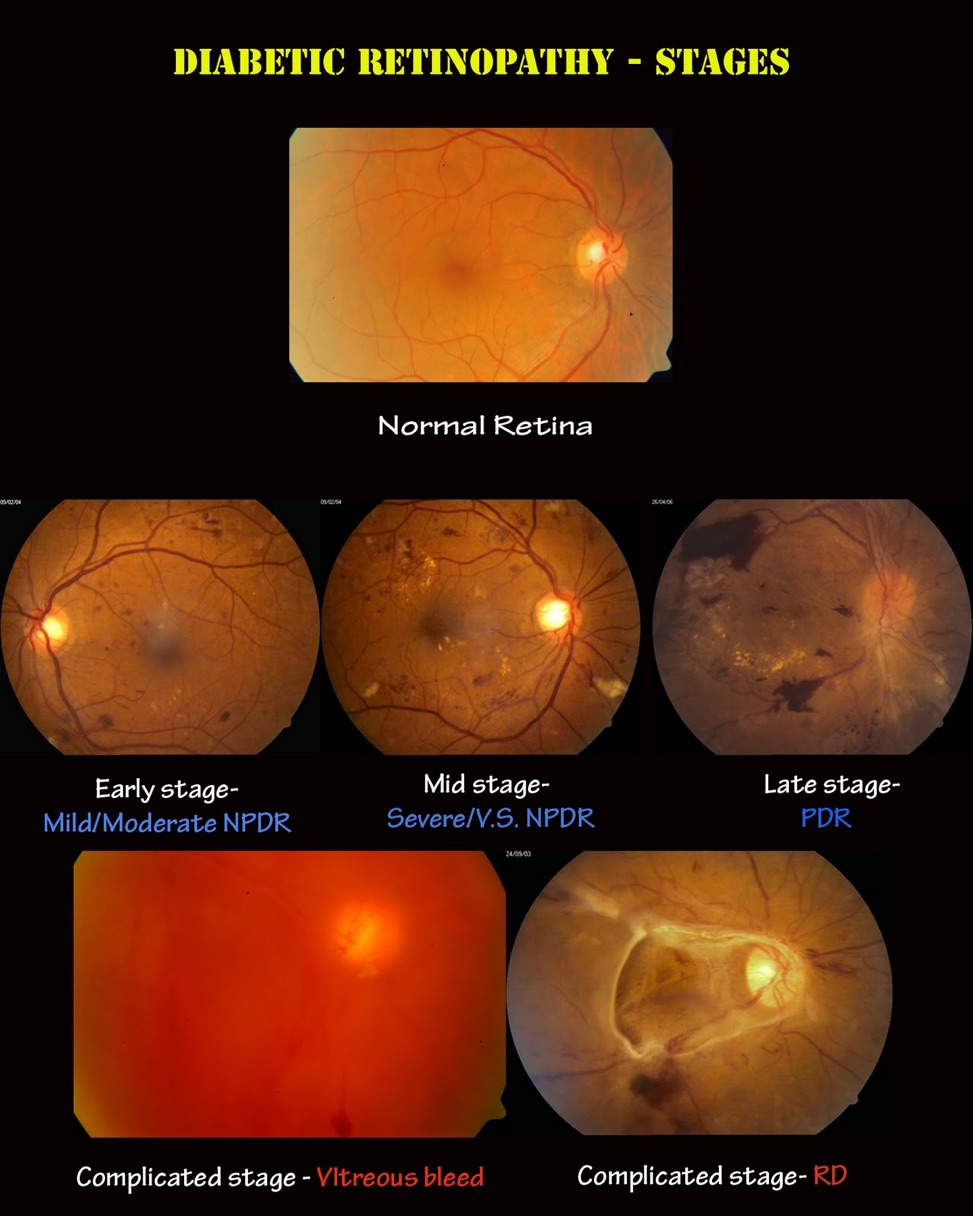
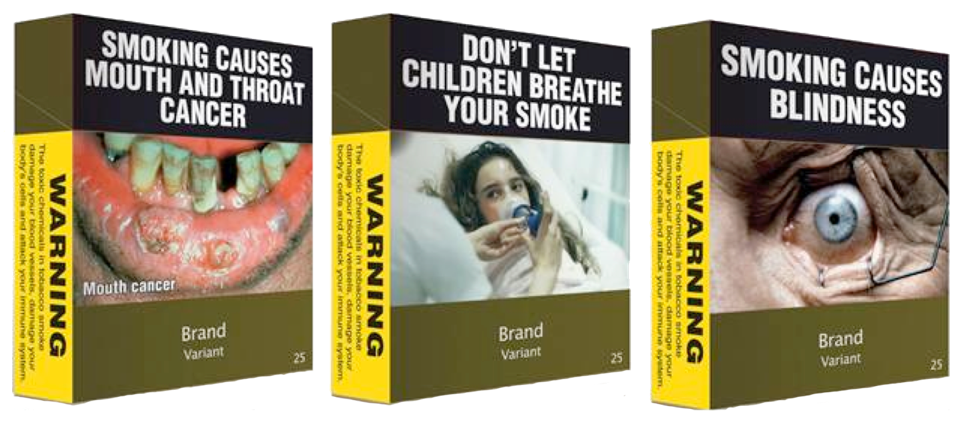
De tabaksindustrie veroorzaakt 6 miljoen doden per jaar
Warren Edward Buffett (Omaha (Nebraska), 30 augustus 1930) is een Amerikaans zakenman en investeerder.
Hij is met 38% van de aandelen grootaandeelhouder in Berkshire Hathaway, en staat sinds september 2008 op de derde plaats in de lijst van rijkste mensen ter wereld, met in maart 2012 een geschat vermogen van 44 miljard dollar. Dit was voor de kredietcrisis nog 62 miljard dollar; toen was Buffett ook nog de rijkste man van de wereld.

Tabaksproducenten maken een dodelijk harddrug



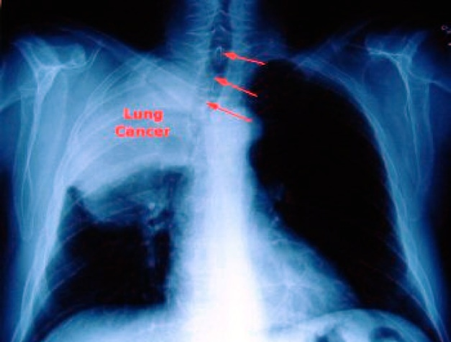
“I will tell you why I like the cigarette business.”
“It cost a penny to make. Sell it for a dollar”
“It is addictive”
“And there is a fantastic brand loyalty” - Warren Buffet


Amsterdam Eye Hospital
Oogziekenhuis Amsterdam




